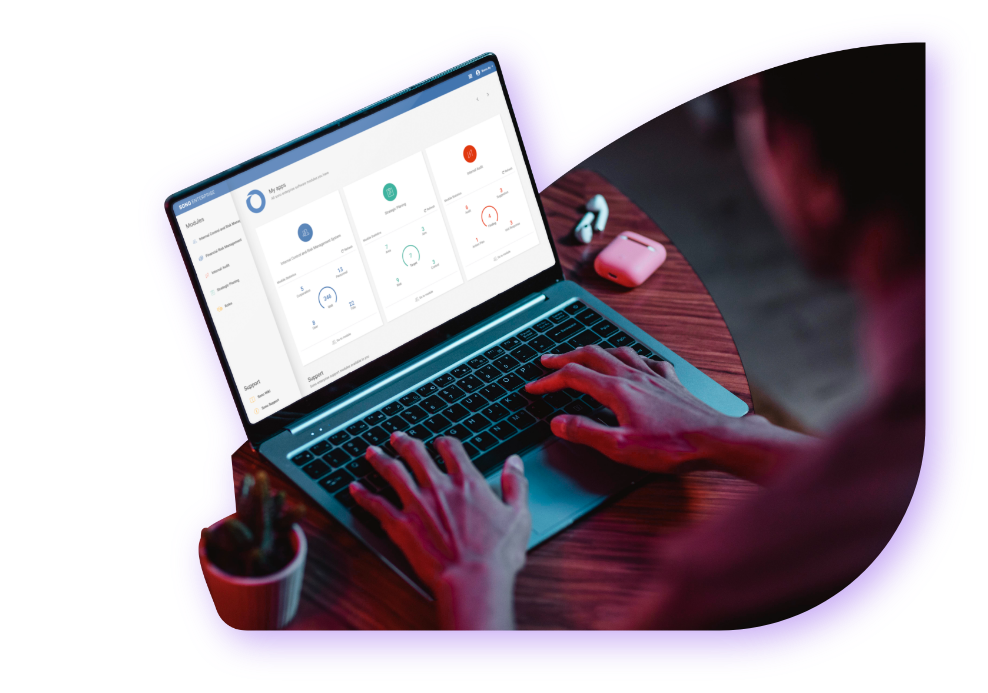
Best Practices for Implementing GRC and Internal Audit Software
Implementing Governance, Risk, and Compliance (GRC) and internal audit software is an important step for any organization looking to improve its risk management and compliance processes. However, implementing GRC and internal audit software can be challenging, requiring careful planning and execution. In this blog post, we will discuss the best practices for implementing GRC and internal audit software.
- Define Your Objectives: Before implementing GRC and internal audit software, it’s important to define your objectives. What do you hope to achieve by implementing this software? What processes will be impacted? How will success be measured? Defining your objectives upfront will help ensure that the software is aligned with your business needs.
- Choose the Right Software: Choosing the right GRC and internal audit software is critical to the success of the implementation. Consider factors such as functionality, ease of use, and compatibility with your existing systems. It’s also essential to consider the vendor’s reputation, customer support, and track record.
- Develop a Project Plan: Developing a project plan is essential to ensure that the implementation proceeds smoothly. The project plan should include key milestones, timelines, and responsibilities. It should also consider factors such as training, data migration, and integration with existing systems.
- Engage Stakeholders: Engaging stakeholders, including internal auditors, compliance teams, and other key stakeholders, is critical to the success of the implementation. This includes communicating the benefits of the software, addressing concerns and questions, and involving stakeholders in the testing and validation of the software.
- Provide Adequate Training: Providing adequate training to users is essential to ensure that the software is used effectively. This includes training on how to use the software, how to access and input data, and how to generate reports. It’s also important to provide ongoing training and support to ensure that users remain proficient.
- Test and Validate: Testing and validation are critical to ensuring that the software meets your business needs and works as intended. This includes testing the software in various scenarios, validating data accuracy, and ensuring that the software complies with relevant regulations and standards.
- Monitor and Refine: Monitoring the software’s performance and refining its functionality is critical to ensuring ongoing success. This includes monitoring key metrics, gathering feedback from users, and addressing any issues that arise.
In conclusion, implementing GRC and internal audit software requires careful planning and execution. By following these best practices, organizations can ensure that the software is aligned with their business needs, meets their regulatory requirements, and delivers the desired benefits. Effective implementation of GRC and internal audit software can lead to improved risk management, compliance, and operational efficiency, helping organizations achieve their objectives and stay ahead of the competition.
